Culture
Unbelievable History Facts: 30 Weirdest Random Tidbits
Published
11 months agoon
In the 19th Century, Ketchup Was Seen as a Cure for Upset Stomachs
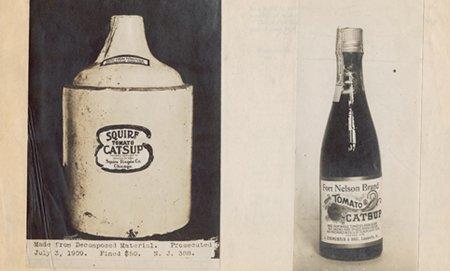
Clickability
Throughout the 19th century, ketchup experienced notable changes. During this time, there was a widespread misconception that ketchup had the ability to alleviate digestive issues. This unusual belief began in England and quickly spread throughout Europe, gaining immense popularity. The distinct recipe for this condiment included ingredients such as anchovies, mushrooms, walnuts, spices, vinegar, and, of course, tomatoes. These components were thought to possess medicinal qualities that could ease stomach discomfort. While ketchup is no longer seen as a remedy nowadays, it is captivating to acknowledge its historical voyage and impressive transformation over time.
King Don Pedro of Portugal Compels his subjects to venerate the remains of his past beloved

Wikimedia Commons
King Don Pedro of Portugal was renowned for his vibrant and spontaneous lifestyle, which characterized his rule in the 1300s. One of his most eccentric behaviors was his decree that his subjects worship the lifeless body of his former love, an event that may seem unbelievable but is rooted in actual history. King Don Pedro had a tumultuous relationship with Ines de Castro throughout his life, eventually marrying her after her death. To symbolize their union, he ordered everyone in his kingdom to pay homage to her remains. This unconventional act has left an indelible mark in history, serving as a testament to the enduring power of love and loyalty.
Heroin Found in Children’s Cough Remedy

Wikimedia Commons
Heroin, a drug known for its highly addictive properties and ability to cause serious health issues, has a history that starkly contradicts its current perception. Interestingly, in the late 19th century, heroin was actually used as a cough remedy for children. It was marketed as a non-addictive alternative to morphine and could be obtained without a prescription. Although it was once considered harmless, our current knowledge highlights the dangers of addiction and other negative effects associated with its usage. However, there are still people who remember when it was considered an acceptable medication for young children.
1386: French Pig Executed for Murder
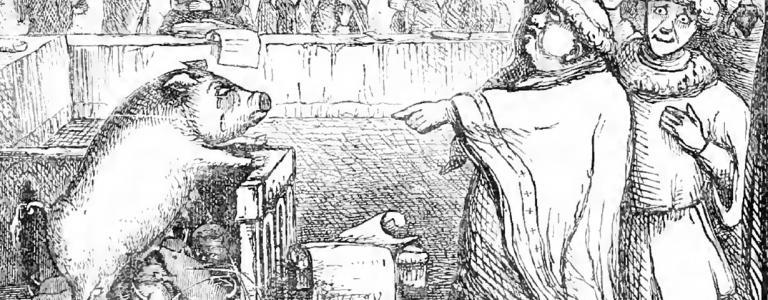
Public Domain
In France in 1386, an incredible event took place as a pig was put on trial and ultimately found guilty of murder. This remarkable story, which may seem like a work of fiction, is actually based on true events. The unusual incident occurred in the charming village of Savigny-sur-Etang, where a sow, who had been wandering freely, tragically caused the death of a child. After careful deliberation, the court made the surprising decision to convict the pig and sentence her to death by hanging. Although this may seem completely absurd, this historical event serves as a powerful reminder that animals, in rare cases, can face consequences for their actions, much like humans.
11th Century: Forks Declared Sacrilegious
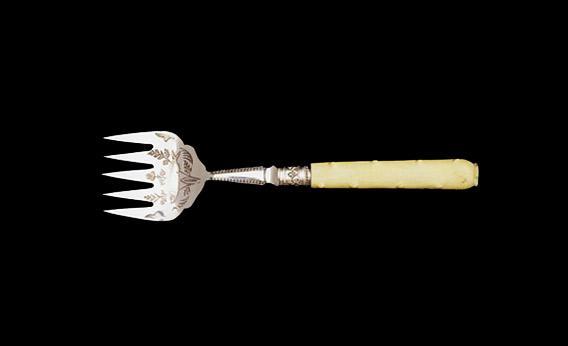
Reddit
In the 11th century, forks were considered sacrilegious and a symbol of greed because it was believed that we should use our hands to eat, as God intended. Using any other utensil was seen as defiance against God. This belief lasted for centuries until it was overturned by the Italian court in 1071. Surprisingly, forks were first documented nearly 1000 years ago! Despite initial disapproval from religious authorities, forks gained popularity in Europe and have since become an essential part of our dining experience. So, the next time you sit down to eat, take a moment to reflect on this ancient tradition and recognize the progress we have made.
Unveiling the Genuine Account Behind ‘Mary Had A Little Lamb

Flickr
The nursery rhyme “Mary Had a Little Lamb” is not just a fictional story but is actually based on a true event. Mary Sawyer, a resident of Sterling, Massachusetts, was the real-life Mary who owned a pet lamb. This lamb would faithfully walk with her to school every single day. When her teacher witnessed this heartwarming sight, she was moved to write the now-famous lyrics, honoring the bond between Mary and her devoted companion. Over the years, “Mary Had a Little Lamb” has continued to be a beloved children’s song, bringing joy and sentimental feelings to countless generations of listeners.
Princeton University’s 1929 Experiment: Professor and Assistant Successfully Turn Cat into Working Telephone
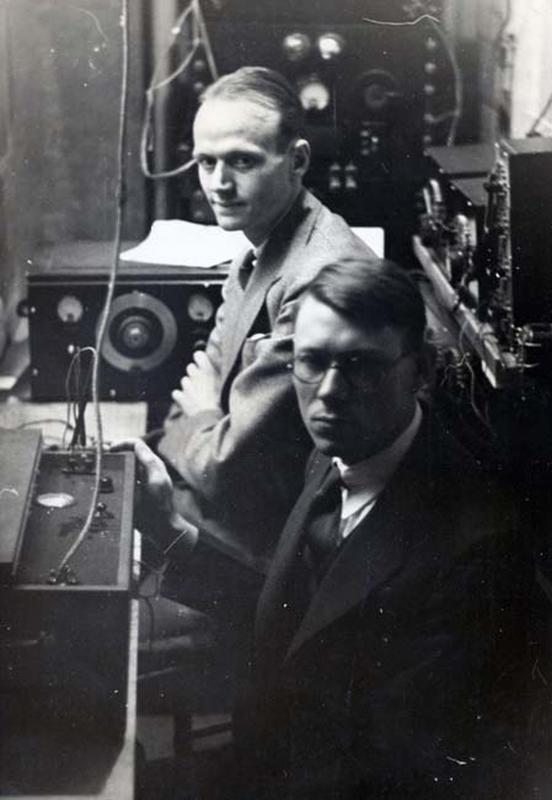
Reddit
In 1929, Professor Ernest Glen Wever and Charles William Bray astounded the world with their experiment, which involved an incredible transformation. Against all odds, they managed to turn a cat into a functioning telephone. This remarkable achievement was achieved through a surgical procedure where electrodes were implanted into the cat’s auditory nerve located within its ear. By converting sound waves from a telephone receiver into electrical signals, the cat’s inner ear was stimulated, enabling it to hear conversations transmitted through the phone line. Despite its seemingly impossible nature, this astonishing feat was undeniably real and stands as one of the most extraordinary scientific accomplishments of its time.
Massive Syphilis Outbreak Swept Across 15th Century Europe

Wikimedia Commons
During the 15th century, Europe faced a massive medical crisis that had a long-lasting impact on history. The continent was hit hard by the outbreak of syphilis, an extremely contagious disease that infected millions and left a lasting mark on our collective memory. It may seem hard to believe, but this devastating event did happen. The disease spread rapidly, causing immense suffering for those affected. Symptoms varied from rashes and fever to severe effects like blindness and paralysis. Although treatments were available at the time, they often had limited effectiveness in fighting the infection. This tragic event serves as a stark reminder of the significant advancements in medicine since then and the unpredictable nature of diseases.
George Washington’s Distillery Produced Nearly 11,000 Gallons of Whiskey in 1799

American Whiskey Trail
It may be hard to believe, but it is true: in 1799, George Washington’s distillery produced nearly 11,000 gallons of whiskey. Besides being a skilled leader, the first President of the United States was also a savvy entrepreneur, owning one of America’s largest whiskey distilleries. By using rye, corn, wheat, and malted barley, his distillery produced a unique product, which was a remarkable accomplishment for that time period. Although he may not have anticipated the success of his distillery, Washington likely understood the profitability of whiskey production. Today, we can reflect on this impressive achievement and admire the business acumen of our Founding Father.
Belief Held by Pope Gregory IX: Cats Possessed Malevolent Qualities

Wikimedia Commons
It is a fascinating part of history that Pope Gregory IX firmly believed that cats were sinister beings. This belief was so ingrained in him that in 1233, he even issued a papal bull declaring cats as minions of Satan. The pope’s reasoning behind this proclamation came from his superstitious beliefs, as cats were commonly associated with witches who were seen as followers of the devil. Despite its peculiarity, this belief has been well-documented throughout history and remains a captivating aspect of our shared past.
Dentures Made from Fallen Soldiers’ Teeth Used in the Past
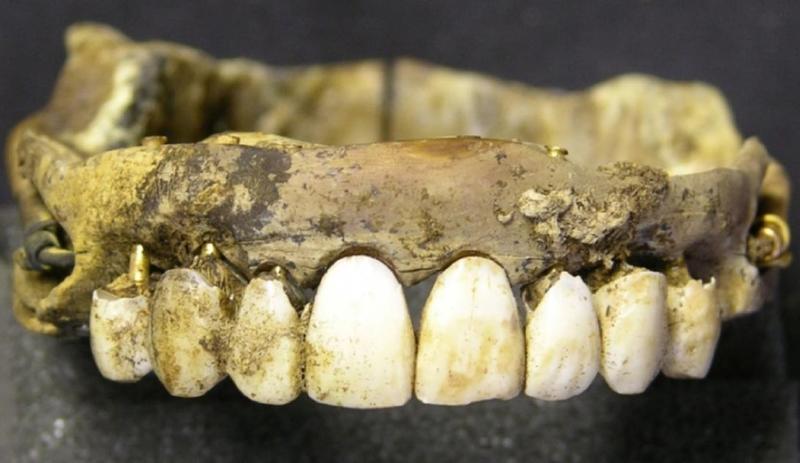
Reddit
Dentures have been a part of human history for a long time. But, it may be shocking to discover that they were once made using the teeth of dead soldiers. This unbelievable fact is actually true! During the Napoleonic Wars in Europe, dentists would search battlefields for human teeth to make dentures. While this practice was horrifying, it helped many people avoid the difficulties of losing their teeth. Thankfully, denture making techniques have greatly improved, making the need for such a gruesome source unnecessary in the present day.
Urine Used by Ancient Romans as Mouth Rinse
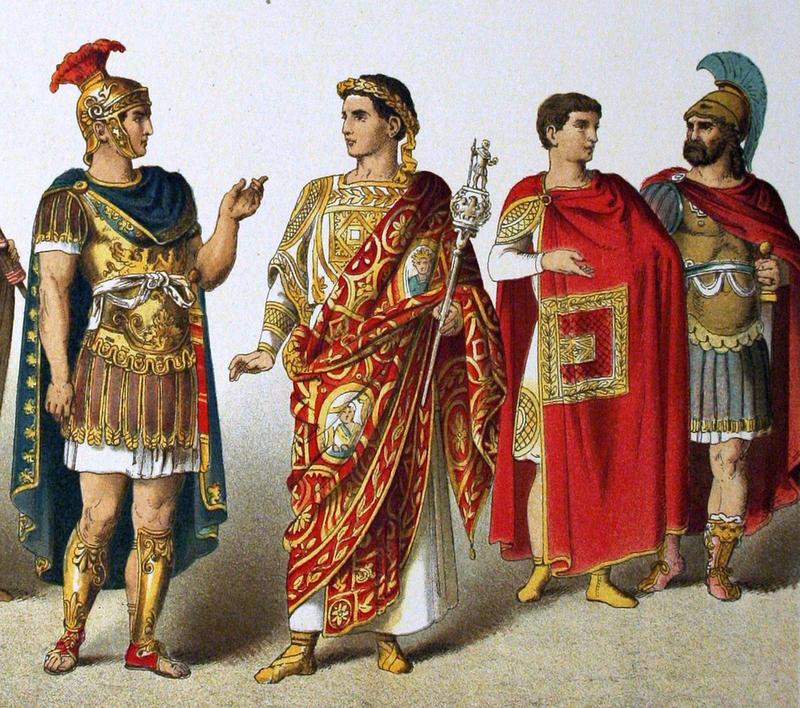
Wikimedia Commons
In Ancient Rome, the methods used for oral hygiene were quite peculiar. One surprising practice was the use of their own urine as a mouthwash. While this may seem strange to us today, there is evidence to suggest that it was actually quite common in Ancient Rome. Urine contains ammonia, which has antiseptic properties that can kill bacteria and germs. Despite the repulsive nature of this practice, it was an effective way for the Ancient Romans to maintain oral health and freshness. This serves as a reminder that certain historical facts, even if they seem improbable, were indeed part of the genuine practices of the past.
Tablecloths: The Original Design Concept behind Giant Napkins

Public Domain
From an unconventional dining accessory to a commonplace item in households, tablecloths have undergone significant evolution. Initially, they served as an oversized napkin, a concept that gained popularity among the French aristocracy in the 17th century. Wealthy individuals would drape their tables with large pieces of fabric, using them to wipe their hands post-meals. This trend swiftly spread across Europe and eventually reached every corner of the globe. While this idea may appear peculiar today, it serves as the origin story of tablecloths. Presently, they have become an enduring aspect of our culture, found in homes worldwide. The intriguing history behind something as simple as a tablecloth is truly captivating to contemplate.
Thomas Edison’s Inventive and Eerie Baby Doll Creation
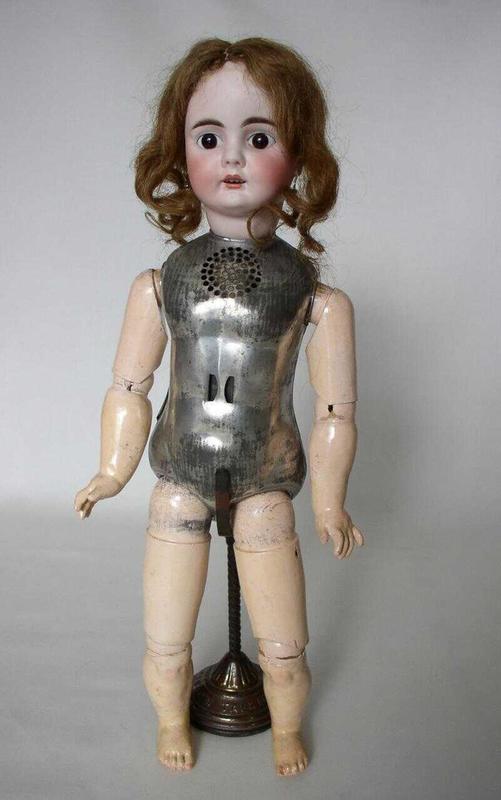
Npr
Thomas Edison, famous for his many inventions, included a baby doll in his impressive collection. This unique creation closely resembled a real baby and made sounds when its arms were moved. Powered by electricity, the doll featured a wax figure with a cloth body, glass eyes, and actual hair. Initially designed as a tool to teach mothers about proper childcare, it gained unexpected attention for its unsettling similarity. Despite its seemingly unbelievable nature, this peculiar invention serves as a testament to the remarkable legacy of Thomas Edison.
Lives Lost on U.S. Soil: Japan’s 1945 Balloon Bomb Takes Sole Responsibility
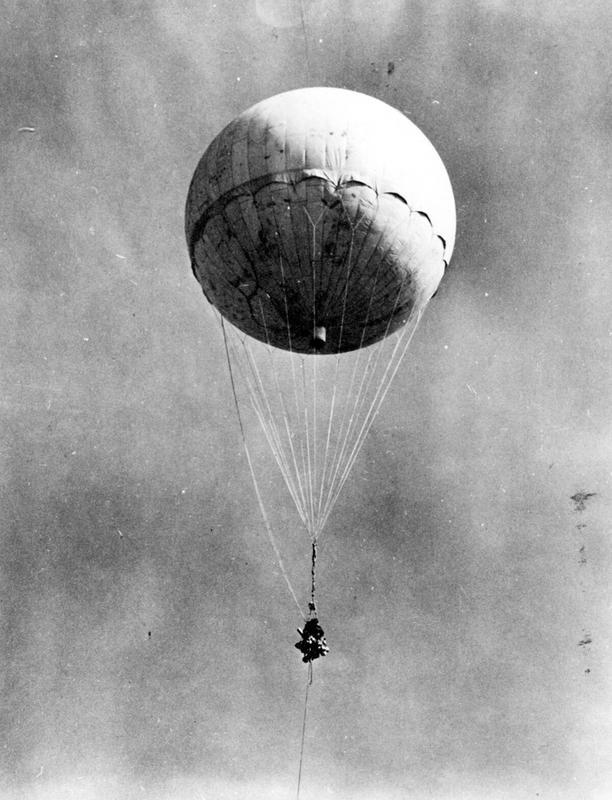
Wikimedia Commons
Surprisingly, the lone casualties on American soil during World War II came from an unexpected source: a balloon bomb. Oregon bore witness to this tragic event on May 5th, 1945, when a Japanese Fu-Go balloon bomb was unleashed, resulting in the loss of six lives and numerous injuries. These unique balloons were skillfully designed to harness air currents and traverse the Pacific Ocean, concealing explosives within their structure. The significance of this incident lies in the fact that it marked the first time, since the Civil War, that civilian lives were claimed by enemy action within the United States. This relatively obscure occurrence holds a remarkable place in our nation’s history, serving as a poignant reminder of the devastating toll war can exact.
Spanish Spy Juan Pujol García Receives Knight’s Cross of the Iron Cross from the Nazis and Most Excellent Order of the British Empire during World War II

The National Archives Uk
Juan Pujol García, a modest Spanish businessman, defied all expectations and emerged as a hero of World War II. In an extraordinary accomplishment, he successfully duped both the British and the Germans by posing as a double agent. Remarkably, he managed to convince the Nazis that he was their operative in Britain, while simultaneously persuading the British that he was their spy in Germany. His efforts were so effective that he was honored with the Knight’s Cross of the Iron Cross by the Nazis and the Most Excellent Order of the British Empire by the British. This incredible true story may seem like a work of fiction, but it is a fact – Juan Pujol García genuinely received two awards from opposing sides during WWII.
Russia Faces Vodka Shortage amidst World War II Commemorations
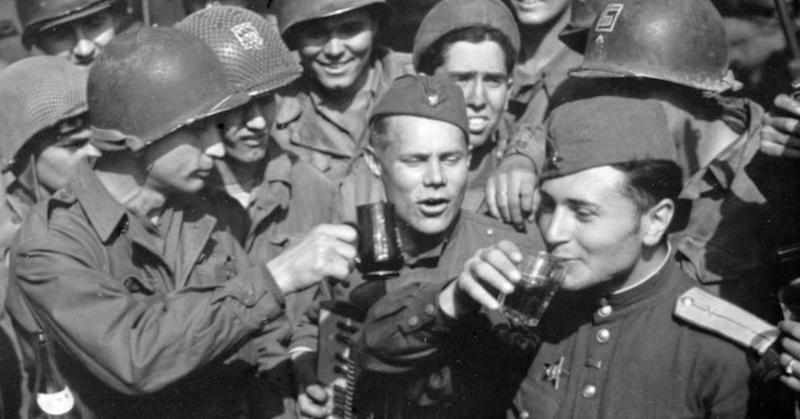
Library Of Congress
It may be hard to believe, but it’s true: Russia actually ran out of vodka while celebrating the conclusion of World War II. On May 9th, 1945, after the surrender of Nazi Germany, Russians expressed their overwhelming joy and excitement to such an extent that they consumed all of their vodka supplies! This remarkable outpouring of celebration came from a nation that had endured immense hardships during the war, leaving an unforgettable impression. Furthermore, this momentous celebration marked the beginning of a new era for the Soviet Union, as they emerged victorious from the conflict and commenced the process of rebuilding their country. So, the next time you raise your glass to commemorate a special occasion, take a moment to ponder this extraordinary historical event – when Russia depleted its vodka reserves in the fervor of honoring the end of WWII!
Excessive Cherry Consumption Claims the Life of President Zachary Taylor
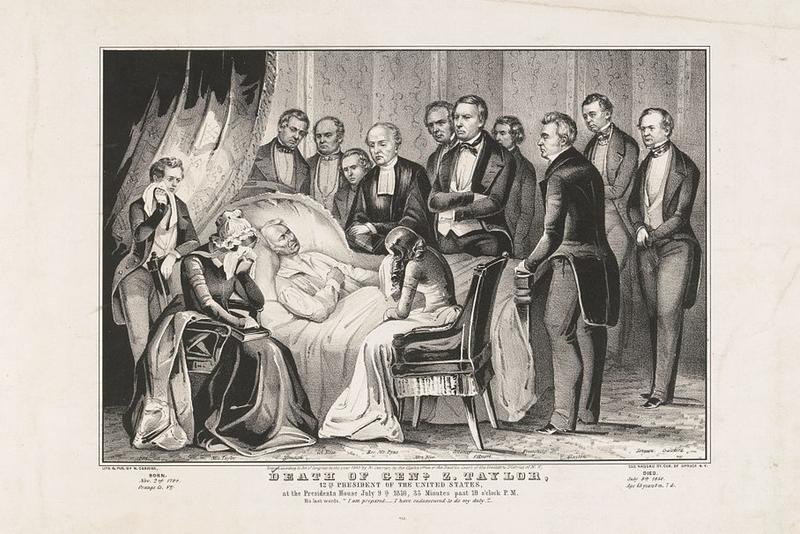
Library Of Congress
President Zachary Taylor’s death is a remarkable yet true story. On July 4th, 1850, the 12th President of the United States attended a public gathering in Washington D.C. During the event, he indulged in an excessive amount of cherries and iced milk. Surprisingly, the combination of these seemingly harmless foods caused him severe digestive issues. Unfortunately, this ultimately led to his death five days later. While it may be difficult to believe, this odd historical fact serves as a reminder that presidents, despite their immense power, are still human and susceptible to common ailments.
More From History + Heritage
-


Forgotten ’90s Events: 60 Things That Slipped from Memory
-
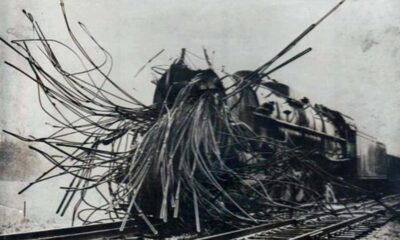

History’s Creepiest Pictures and Their Chilling Backstories
-


Unseen Perspectives: Captivating Photos that Shift Historical Paradigms
-


Thought-Provoking Treasures: Rare and Revealing Photos that Challenge History
-


Nostalgic Fast Food: 30 Iconic Items from the ’80s and…
-


Surprising Encounters: Chilling Historical Discoveries in Unexpected Photos
-


Hidden Truths: Rare Photos Exposing History’s Untold Stories
-


Reimagining the Past: Colorized Photos with Fresh Perspectives
-


Perilous Professions of the 20th Century
-


Eerie Abandonment: 63 Chilling Photos of Forgotten Places
-


Unseen Wonders: Jaw-Dropping Historical Photos Beyond Imagination
